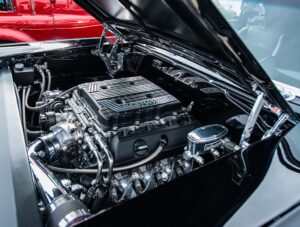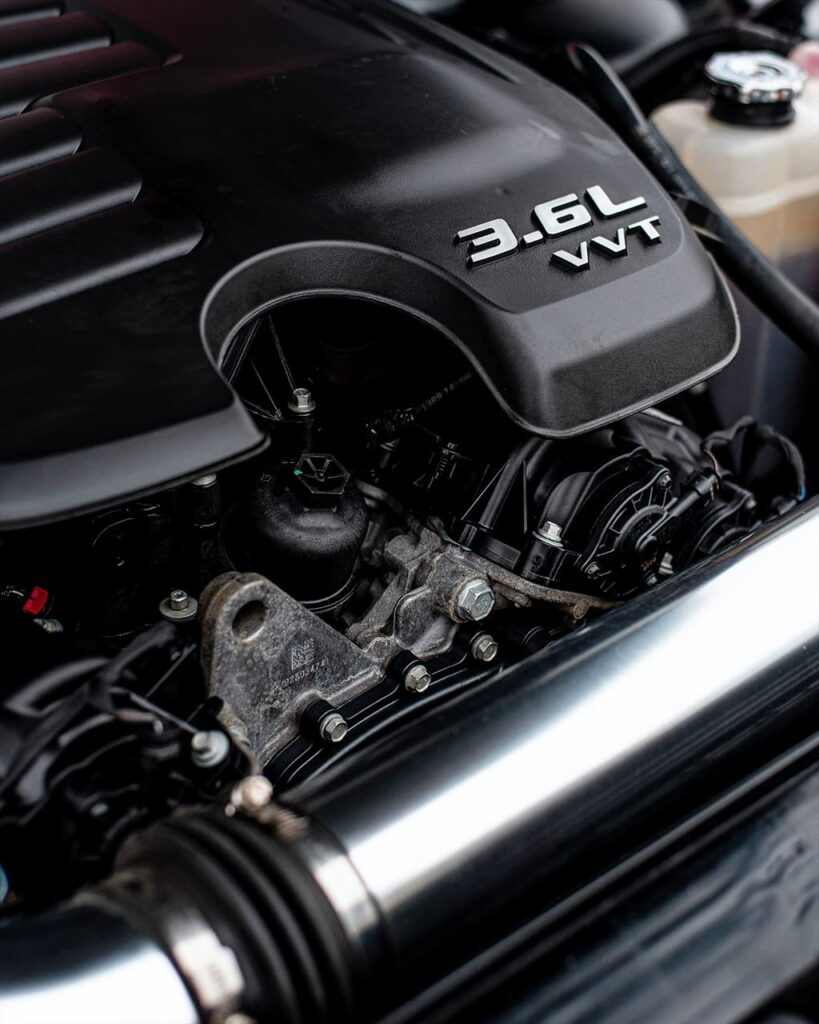
For a motor to work flawlessly, it needs to be able to reach its optimal operating temperature as quickly as possible and keep it stable under all load conditions. To do this, it has a system that provides effective cooling.
Cooling system functions
The temperatures produced by the combustion of the fuel mixture reach 2,000 degrees Celsius and, if not reduced and controlled, can cause very serious damage to the engine. To prevent this from happening, it is necessary to keep the temperature at which it operates within normal limits through the cooling process.
Engine operating temperature and why does it rise?
In this process, the heat from the combustion of the fuel is transferred to the antifreeze which circulates through the system and gives it away to the outside. One or more fans installed in front of the radiator contribute to cooling. And to keep the coolant at a relatively constant temperature, its circulation is regulated by a thermostat.
What is the optimum engine temperature?
Very often even experienced drivers wonder what the optimum operating temperature of their engine is. The truth is that there is no unambiguous answer to this question, because the range of limiting operating temperatures depends on both the engine specifications and whether it is gasoline or diesel.
The average temperature range is between 90 and 120 degrees.
Why does an engine overheat?
There are many reasons that can cause an internal combustion engine to overheat, but they are almost always based on some kind of malfunction in the cooling system.
A leak in the cooling system
Coolant “runs” through the hoses between the engine and the radiator. If any of them are cracked, loose or clogged, this can cause a leak, which in turn can cause the car’s engine temperature to rise.
To see if the hoses are the problem, you simply need to pull your car aside and look at where it was standing. If there is a leak in the system, you can’t help but notice a wet spot forming on the pavement.
Low coolant level
The job of the fluid circulating in the cooling system is to draw heat away from the heated engine components. If its level is insufficient, the engine is not cooled sufficiently, causing it to overheat. The same happens if the fluid is old and quite dirty, because it can’t absorb as much heat and do its job effectively.
Faulty thermostat.
This is a key element of the cooling system that allows fluid to flow to the radiator when needed. This element functions as a valve that “opens” and “closes” the path of fluid flow when the engine reaches a certain temperature. If the thermostat is “stuck” or broken, it will not be able to “open” and therefore will not allow fluid to pass through the radiator when needed. This means that the engine will begin to overheat.
It is difficult to check the condition of the thermostat only by visual inspection. Therefore, we advise that if you have doubts that the overheating is caused by the thermostat, contact a service center.
Dirty, clogged or damaged radiator
The radiator is where the coolant gives off heat. If this element is dirty, it is easy to guess that it impairs its work, and this usually leads to engine overheating.
Therefore experts advise to check its condition and prophylactically wash it every 10000 km. If it is damaged, it is necessary to establish the concrete cause of damage (fan, leak or other) and repair the radiator or replace it with a new one.

Damaged water pump
The pump is the heart of the cooling system and is actively involved in keeping the coolant circulating. Over time, however, this element can deteriorate, wear out, and even break, causing the engine to overheat. If you suspect a pump malfunction, expert advice is to visit a service center immediately and do not try to solve the problem yourself, so as not to cause additional damage.
The cooling system fan belt is damaged or broken
Most vehicles have a vertically mounted cooling fan that is driven by a belt (drive belt) on the crankshaft. However, this drive belt has a life span of 30,000 to 120,000 km, after which it must be replaced.
Problem with the electric cooling fan
The electric fan blows cold air onto the radiator to reduce the temperature of the coolant circulating in it.
If the vehicle overheats, it’s a good idea to check the condition of the fan, as it is among the most commonly damaged items.

 Explore the dynamic realm of
Explore the dynamic realm of 








